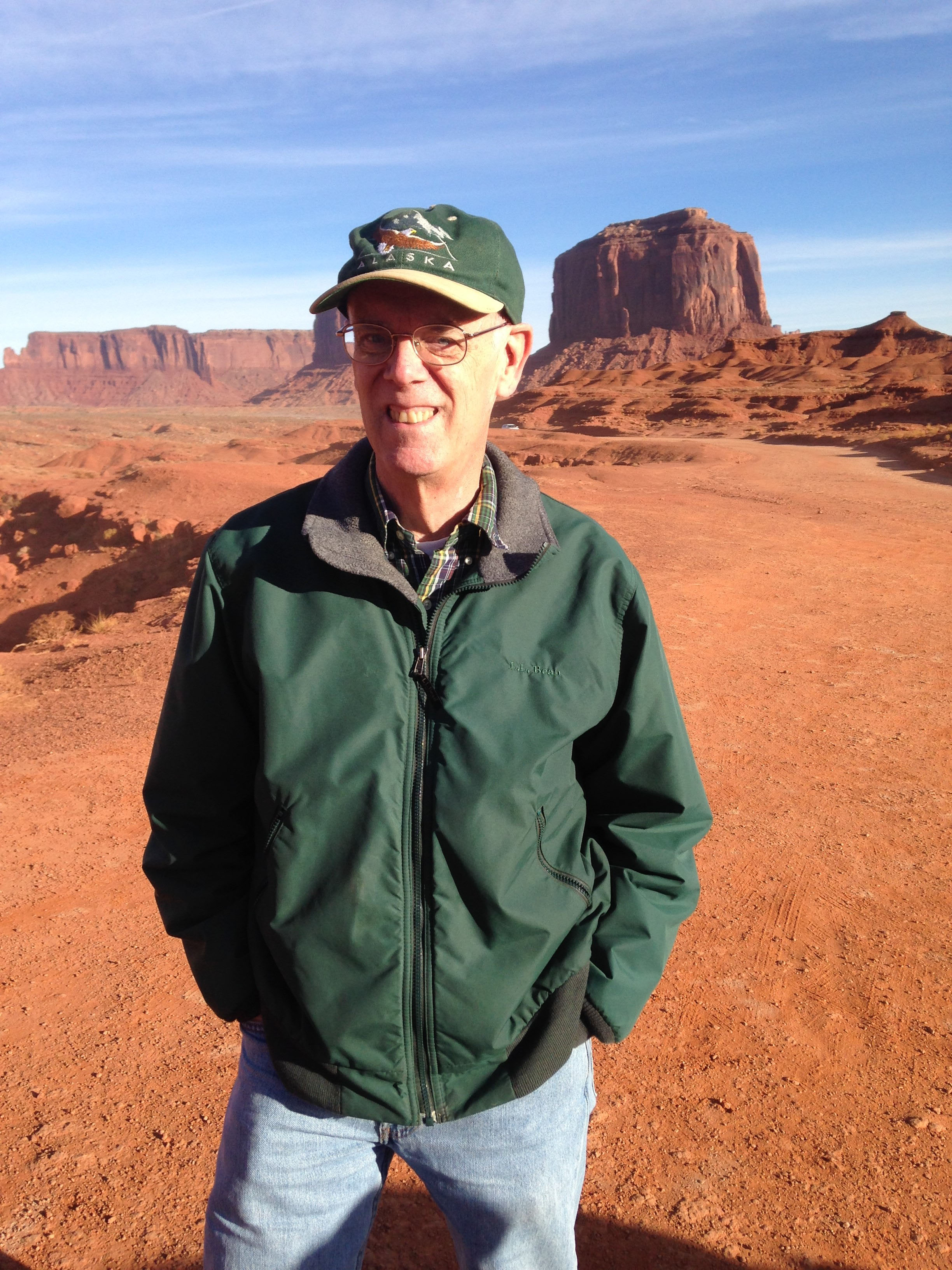Fermilab scientist, leader Steve Holmes retires after 35 years

Steve Holmes
In March, scientist Steve Holmes retired from his role as PIP-II project director, drawing to a close the last of several leadership positions that made up his esteemed, decades-long career at Fermilab. Now he is retiring from the laboratory. His last day at work — nearly 35 years to the day after he began — is June 4.
A symposium on Holmes’s work will be held on Friday, June 15, at 12:30 p.m. in Wilson Hall One West. A reception will follow. All are invited to attend.
The sweeping range of projects Holmes has worked on encompasses the lab’s past, present and future accelerators and experiment programs. Remarkably, he has contributed scientifically or provided management leadership for every accelerator in the lab accelerator complex.
Holmes began working at Fermilab on June 6, 1983, helping to construct and commission the Antiproton Source, which provided antiprotons to the Tevatron collider, under John Peoples, who later became director. After its completion, Holmes began taking the reins in other areas, for example in serving as head of the Booster Department.
The physicist community overwhelmingly agrees that Holmes is both an exceptional physicist and a conscientious and capable manager.
“Steve is one of the more brilliant people I’ve worked with,” said Fermilab scientist Roger Dixon, head of the Accelerator Division from 2003 to 2013. “He’s very, very good in management roles. That’s always a matter of opinion, but if I had to model myself after someone in that position, Steve would be it. He encourages your participation, and when there’s a problem to be solved, he allows everyone to work it out together.”
In October 1991, Holmes accepted the position of Accelerator Division head, overseeing improvements to the Linac and Booster as part of Tevatron Collider operations and the launch of the Main Injector construction project. He was also the project manager for the Main Injector, which played a significant role in world-record beam luminosities coming from the Tevatron in the 2000s. Holmes managed the project throughout its lifetime, from conception to completion.
“Most physicists forget that behind every beam-related particle physics discovery there is an accelerator. It takes a unique insight and long-term vision in delivering those record-breaking luminosities,” said scientist Shekhar Mishra, who currently works in the Accelerator Division. “As the Main Injector complex project manager, Steve provided a scientific leadership that helped us build a machine whose limit has not been reached yet.”
Holmes recalls when Fermilab obtained DOE approval in the mid-1990s of a $12 million request to allocate unused Main Injector Project contingency for the construction of the Recycler.
“The Recycler was a brilliant idea from two young physicists, one of whom is now a Congressman. It gained us somewhere between a factor of four and five in Tevatron luminosity — one of the best values in the history of accelerators,” Holmes said.
In 1999, incoming Director Mike Witherell appointed Holmes as associate laboratory director for accelerators. In this position, Holmes supported Fermilab engagement in a number of international projects, contributing an important voice in the increasingly global stage of accelerator research. During his tenure, Fermilab developed interaction region quadrupole magnets for the LHC; established world-leading capabilities in superconducting radio-frequency accelerator technology, including the delivery of superconducting cavities for development for the XFEL accelerator at the German laboratory DESY; and initiated the India Institutions and Fermilab Collaboration, a partnership between Fermilab and several Indian Department of Atomic Energy laboratories.
He also spearheaded an effort at Fermilab to build a superconducting proton accelerator for intensity frontier experiments. That vision evolved into what is today known as Proton Improvement Plan II — a project to build an accelerator complex that can deliver megawatt-scale proton beams for the lab’s experiments.
It was Holmes’s determination, even at the project’s earliest stages, that helped realize PIP-II, say his colleagues.
“Steve was driving the proposal at a high level, calling for internal reviews to make sure that we could pass muster,” said Fermilab scientist Giorgio Apollinari. “It started developing a strong consistency, and Steve was always behind it. He was committed to the project, convinced that it was the right thing for Fermilab.”
In 2010 Holmes stepped down as associate director to devote his time to the development of PIP-II.
“It’s amazing when somebody steps back from a director-level position and goes on to do more technical work,” Apollinari said. “He was behind the project in both good and bad times. I have full respect for that.”
PIP-II is expected to earn formal CD-1 approval from DOE this summer, thanks to the all the people who have been working on the project and Holmes’s tireless leadership.
“Steve has honored his stated position to the PIP-II team and the laboratory that he will retire only after all requirements for CD-1 have been completed,” Mishra said. “The whole PIP-II team — national and international collaborators — Fermilab and high-energy physicists owe Steve a tremendous debt of gratitude.”
Holmes says that he has enjoyed working with so many wonderful people, both at and away from the lab. In October 1985, when the Tevatron had its first collisions, Holmes and his wife Cathy took their daughter Stephanie, then two years old, to the 3 a.m. celebration at CDF. He’s also spent “decades of Wednesdays” on the golf course with Ralph Pasquinelli, Bob Webber and Fred Ullrich, among other friends.
He’ll take these memories with him as he moves to Chicago, spends time with his grandchildren, indulges in some photography and involves himself in volunteer work.
“I’ve worked with many great people, far too many to name, and this is what I will always remember about Fermilab,” Holmes said.
If his colleagues’ regard for him is any indication, Holmes will often be named as one of the great people at the lab.


